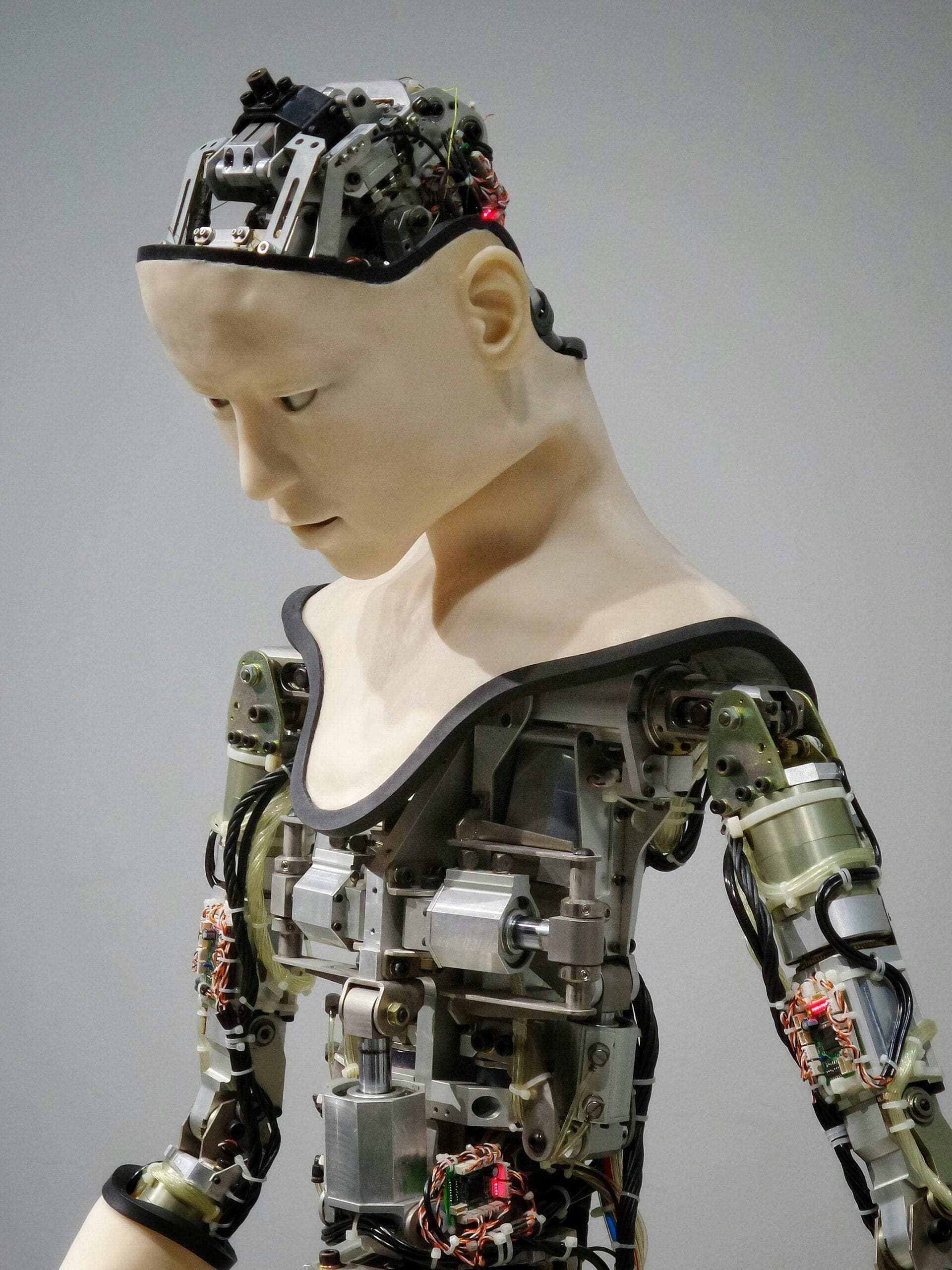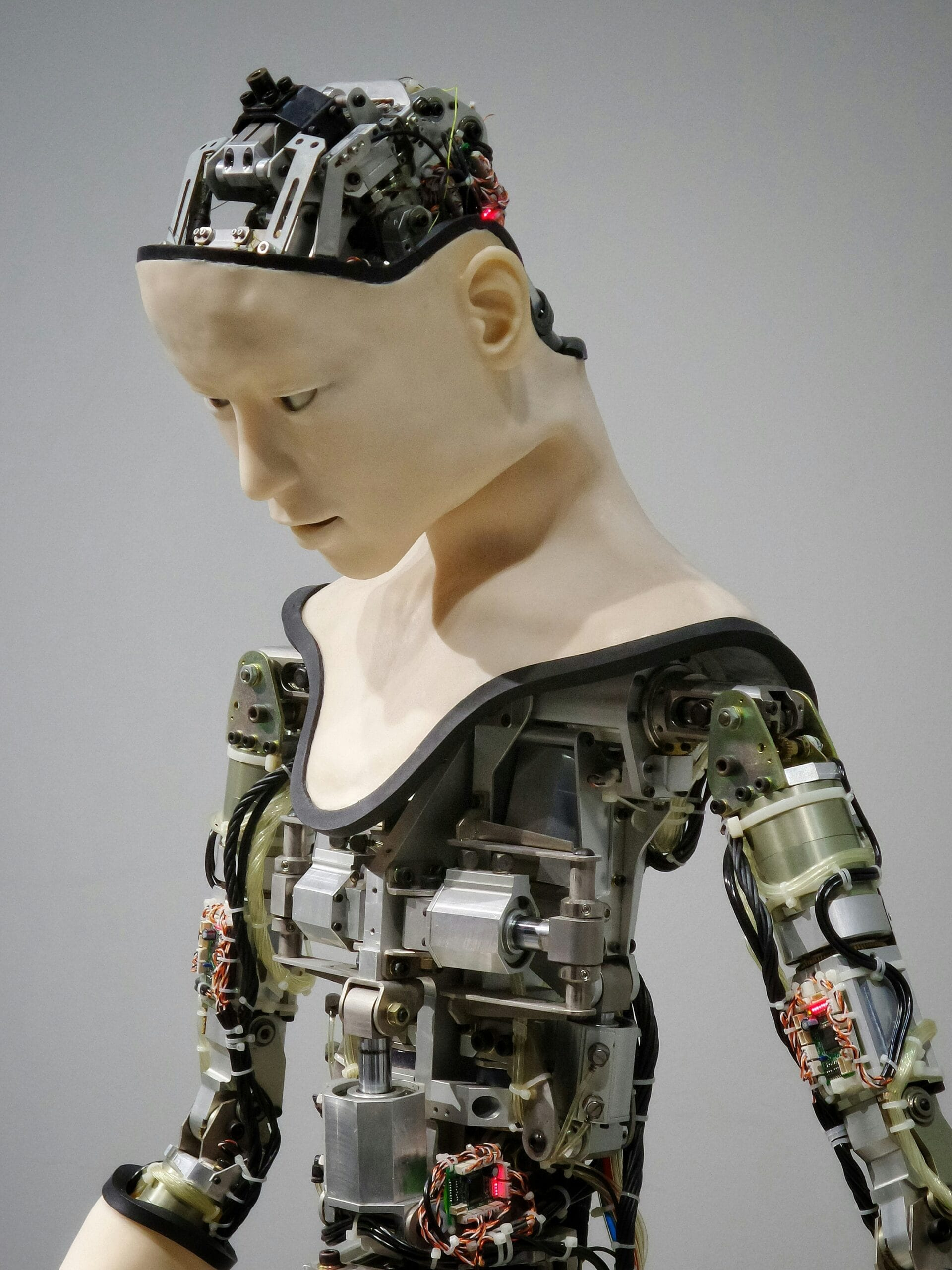
Introduction to DeepSeek and ChatGPT
DeepSeek and ChatGPT represent two significant advancements in the realm of artificial intelligence, each serving unique purposes within the tech landscape. DeepSeek emerges as a specialized search engine that utilizes deep learning techniques to enhance the search experience. It is primarily designed to analyze vast amounts of data, employing algorithms that can intelligently understand and retrieve information based on nuanced queries. This capability allows DeepSeek to deliver more accurate and relevant results compared to traditional search engines, making it an invaluable tool for users seeking in-depth knowledge and insights from large datasets.
On the other hand, ChatGPT, developed by OpenAI, is a sophisticated conversational artificial intelligence model. It operates based on cutting-edge natural language processing (NLP) and machine learning technologies, enabling it to engage in human-like interactions. This model is designed to understand context, respond to a variety of prompts, and generate coherent text that mirrors human conversation. The primary objective of ChatGPT is to assist users by simulating dialogue, thus finding applications in customer service, content creation, and educational assistance, among others.
The underlying technologies of both DeepSeek and ChatGPT reflect their distinct missions. DeepSeek’s architecture is grounded in neural networks and data mining techniques, tailored to optimize search functionality and enhance the retrieval of information. Conversely, ChatGPT’s foundation is built upon the transformer architecture, which excels in processing language and generating contextually relevant text. This difference in technological orientation not only informs their individual capabilities but also delineates their intended use cases. In summary, while both tools leverage deep learning and AI, DeepSeek focuses on improving search efficiency, whereas ChatGPT aims to enrich interactive experiences through natural language conversations.
Technical Capabilities and Performance
When comparing the technical specifications and performance of DeepSeek and ChatGPT, it is essential to examine their underlying architectures and functionalities. Both tools demonstrate robust natural language processing (NLP) capabilities, yet they cater to different needs. DeepSeek leverages advanced deep learning algorithms, which enable it to conduct highly focused searches. This allows users to obtain more relevant search results by understanding the context and semantics of queries, thereby enhancing data retrieval methods. The architecture driving DeepSeek is designed to prioritize precision, refining search queries to generate results that align closely with user intent.
In contrast, ChatGPT excels in generating human-like conversational responses, employing a transformer-based model that has been finely tuned for dialogue. Its architecture is optimized for engaging interactions, making it particularly effective for applications that require back-and-forth communication. This adaptability allows ChatGPT to provide responses that not only reflect the content of the queries but also emulate a conversational tone, thereby improving user experience.
Performance metrics reveal that while DeepSeek is adept at retrieving information quickly and accurately, ChatGPT displays superior efficiency in producing coherent and contextually appropriate responses. The speed of response generation in ChatGPT is impressive, yet it can sometimes prioritize narrative flow over factual accuracy. This highlights a key difference—DeepSeek is optimized for speed and precision in search, while ChatGPT emphasizes engagement and dialogue, making it particularly valuable in customer service and interactive applications.
Ultimately, both systems showcase unique strengths, enhancing their respective domains. Selecting between DeepSeek and ChatGPT hinges on the specific requirements of the task at hand, whether that be focused data retrieval or dynamic conversational engagement. These distinctions underline the importance of understanding the technical capabilities inherent to each platform.
Use Cases and Practical Applications
DeepSeek and ChatGPT represent two distinct paradigms in artificial intelligence, each catering to specific use cases that showcase their unique capabilities. DeepSeek excels in environments that necessitate thorough research and information retrieval. Its robust search capabilities allow users to access vast databases of academic literature, scientific papers, and specialized content rapidly. This functionality proves invaluable in academic settings, enabling researchers and students to synthesize information efficiently. For instance, scholars can utilize DeepSeek to streamline their literature reviews, thus significantly enhancing their productivity and driving innovation in their respective fields.
Conversely, ChatGPT flourishes in applications that require interactive communication and creative content generation. This tool has been widely adopted in customer service automation, where its ability to understand and respond to human queries in a conversational manner improves user experience. Industries that prioritize customer engagement, such as retail and tech support, have successfully integrated ChatGPT to handle routine inquiries, enabling human agents to focus on more complex issues. Moreover, ChatGPT’s versatility extends into creative writing, offering authors a collaborative partner to brainstorm ideas, generate drafts, or refine narratives. Educational organizations also leverage ChatGPT for tutoring, allowing students to engage with a knowledgeable resource for personalized learning experiences.
Real-world implementations further illustrate the strengths of both tools. In academia, institutions employing DeepSeek report improved access to information, aiding in coursework and research projects. Meanwhile, businesses that utilize ChatGPT often reveal impressive statistics indicating enhanced customer satisfaction and operational efficiency. Therefore, the application of these technologies must align with the specific demands of the task at hand, ensuring the best possible outcomes in various sectors.
Conclusion and Future Trends
In reviewing the capabilities and applications of DeepSeek and ChatGPT, it is clear that both technologies represent significant advancements in the realms of AI-driven search and conversational interfaces. DeepSeek excels in delivering precise search outcomes through its specialized algorithms tailored to discover in-depth information across vast databases. In contrast, ChatGPT showcases its strengths in generating human-like dialogues, creating contextually relevant responses, and enhancing user interaction through its natural language processing features. The nuanced functionalities of these two systems illustrate the diverse approaches to addressing user needs—whether it be through optimization of information retrieval or fostering interactive conversations.
As we look towards the future, several trends are poised to shape the evolution of DeepSeek and ChatGPT. One notable trend is the increasing convergence between AI search engines and conversational agents. Both technologies are likely to incorporate more sophisticated machine learning models that improve their understanding of user intent, thereby delivering increasingly relevant and contextualized results. Furthermore, advancements in reinforcement learning could allow these systems to adapt and personalize user experiences over time, enhancing satisfaction and engagement.
Another emerging trend is the integration of multimodal input capabilities. Future iterations of these technologies may enable the processing of diverse data types, including images, voice, and text. This richer data interpretation would allow for a more comprehensive understanding of user queries, leading to more robust and versatile applications in various industries, from customer service to education.
Ultimately, the trajectory of DeepSeek and ChatGPT will not only influence technological development but will also have profound implications for users and industries alike. As both fields progress, stakeholders must remain attentive to evolving capabilities and ethical considerations that accompany advances in AI and deep learning technologies.



